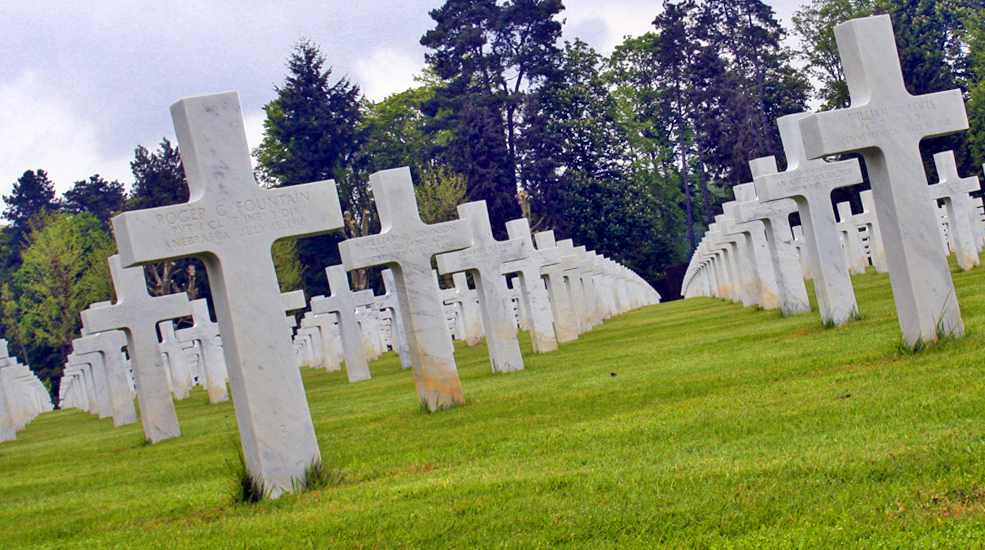
“These lists are an interesting mix of classics, shiny new material, and some completely unexpected submissions. Here are some highlights.”
By Tom Copeland
EVERY SENIOR MILITARY leader wants the troops to study the profession to improve proficiency and gain an appreciation for the lessons of history. Sometimes this goal is reached through conventional military training with schools, correspondence courses, on the job training and drills, etc. But another method is for leaders to produce a recommended reading list. The selections generally take the form of a preamble followed by a series of book titles broken down by rank or area of focus. Each of the major United States military services has a reading list that’s (usually) refreshed annually, and many combatant commands produce their own. To help keep track of who has recommended what, I’ve built a large “list of lists” at militaryreadinglists.com. They’re nicely cross-referenced so you can, for example, see all the lists on which Bernard Lewis’ “The Crisis of Islam” has appeared. These lists are an interesting mix of classics, shiny new material, and some completely unexpected submissions. Here are some highlights.

The Classics
The Art of War by Sun Tzu. This Chinese strategy classic from the 5th Century BCE appeared most recently on the 2017 U.S. Army reading list and as far back as the 1995 Combat Studies Institute’s list. It’s a must-read both as a source of timeless wisdom and as fodder for PowerPoint slides.
The Cruel Sea by Nicholas Monsarrat. This classic story of the Battle of the Atlantic has shown up several times on the U.S. Navy reading list and for good reason; it gives a vivid account of the exhaustion of being at sea and being in charge.
Once an Eagle by Anton Myrer. Having appeared on too many lists to name, this fictional work tracks the life and career of two very different army officers whose careers from the trenches of World War One to the jungles of Vietnam.

On War by Carl von Clausewitz. The Prussian military theorist’s classic work has, not surprisingly, appeared on a variety of lists including the 2017 US Navy list. Worth reading if only because it originated the phrase “the fog of war.”
Gates of Fire by Steven Pressfield. This retelling of the Spartans’ stand against the Persian army at the Battle of Thermopylae is a perennial on the USMC reading list. It also appeared on General Mattis’ personal reading lists.

Modern Selections
Ghost Fleet by P.W. Singer and August Cole. Featured on the 2014 Joint Special Operations University reading list, this near-future science fiction book was written by two modern warfare specialists — and it shows. Think a 21st Century version of Tom Clancy’s Red Storm Rising.
Learning to Eat Soup with a Knife by John Nagl. This has appeared on an assortment of lists, including the 2016 USMC list. Lt. Col. Nagl combines lessons from Iraq and Vietnam to teach about adaptive warfare.
The Black Swan by Nassim Nicholas Taleb. Currently on the Defense Acquisition University reading list, and also appearing on various others, this book discusses the unexpected and how we need to think outside the box.
Brave New War by John Robb. From the NORAD reading list, this book makes bold predictions about the future of nation-state conflict and terrorism.
Black Flags: The Rise of ISIS by Joby Warrick. From the 2016 STRATCOM reading list, this book traces ISIS’ roots from al-Zarqawi through al-Qaeda to the modern day. Worth reading to understand how terrorist organizations appear and evolve.

Surprises
The Stranger by Albert Camus. Considered on the best books of the 20th century, this French classic tells the story of man imprisoned for murder in Algeria. It’s appeared on the 2011 EUCOM reading list and might give Americans deployed to Europe a better feel for some of the region’s philosophical history.
Military Justice Is to Justice As Military Music Is to Music by Robert Sherrill. From the 2010 Judge Advocate General’s reading list, this contrarian work alerts soldiers to the potential for abuse of power.

Dead Souls by Nikolai Gogol. Another interesting pick from the EUCOM list, this classic 19th century work offers lovely insights into traditional Russian culture.
R&D is War and I’ve Got the Scars to Prove It by Clifford Spiro. From the 2017 Defense Acquisition University list, this lively book discusses the human and political side of research and development through a series of 25 vignettes.
Ender’s Game by Orson Scott Card. A science fiction classic about eugenics and child soldiers, this popular novel keeps showing up on military reading lists, most recently on the 2017 USMC list. Teamwork and leadership are emphasized. It’s also an interesting to read this considering the rise of drone warfare.
In conclusion, are you aware of a list that’s missing from this directory of lists? If so, please let me know!
Tom Copeland maintains militaryreadinglists.com, a comprehensive database of 58 reading lists from all branches of the U.S. military. In addition to providing details and links to more than 2,600 titles, the site offers e-mail alerts to notify followers when any new literature is added.











Our military has always advocated reading. I just happen to have a reblog today from Nicholas Rossi about the ‘pocketbooks’ of WWII.